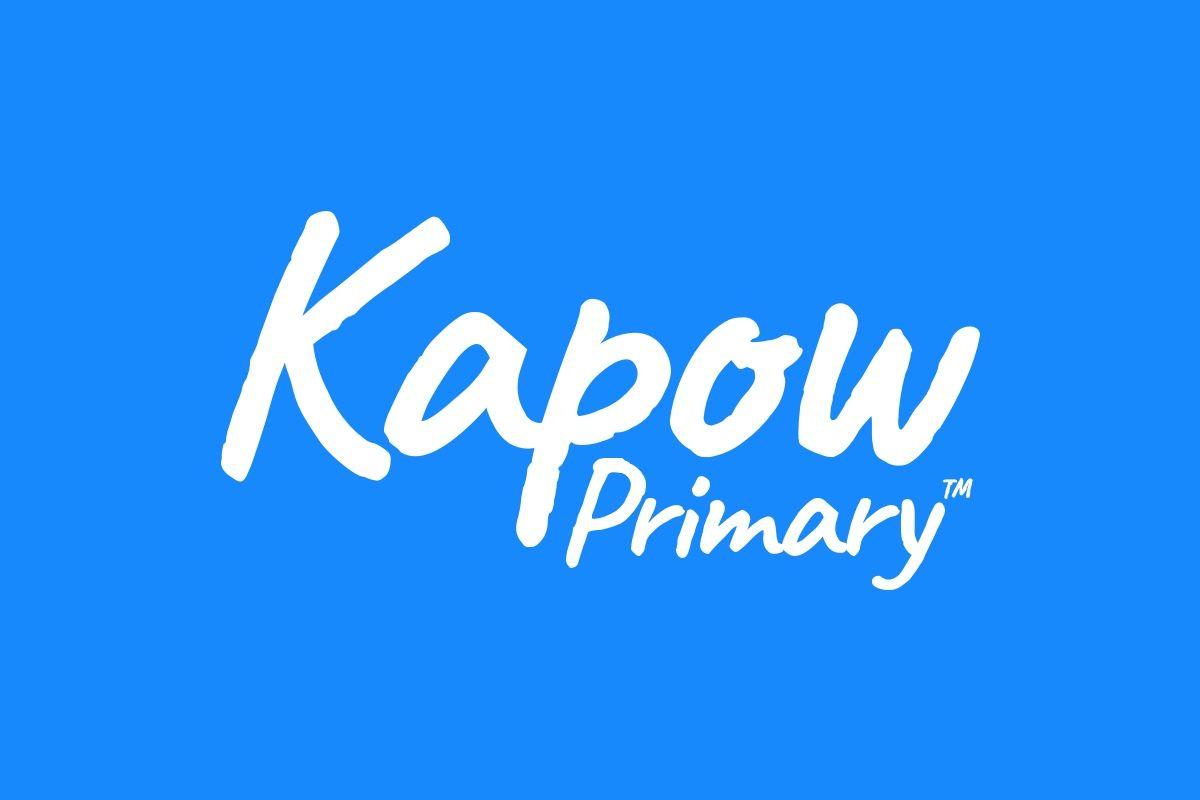Learning intention
- To develop knowledge of colour mixing.
Success criteria
- I can name
This content is for subscribers only. Join for access today.
Cambridge Primary Art & Design (0067) Learning objectives
Experiencing
E.02 Explore media, materials, tools,
This content is for subscribers only. Join for access today.
Cross-curricular links
None.
This content is for subscribers only. Join for access today.
Before the lesson
This content is for subscribers only. Join for access today.
Lesson plan
1: Lesson plan
An area for you to put useful resources from the previous lesson
This content is for subscribers only. Join for access today.
Differentiation
Learners needing support:
- Guide learners to make secondary colours lighter and darker. Ask, ‘How can you make a lighter orange? What will happen if you add more blue paint to that purple?’
Learners working at a stretch:
- Ask learners to explain the changes they see when the colours mix, using precise language. Challenge learners to compare two similar colours and talk about the differences.
This content is for subscribers only. Join for access today.
Assessing progress and understanding
Learners with secure understanding can:
- Name the primary and secondary colours,
This content is for subscribers only. Join for access today.
Vocabulary definitions
-
mix
Combine paint colours.
-
primary colour
Red, yellow and blue; the colours that all other colours are mixed from.
This content is for subscribers only. Join for access today.
